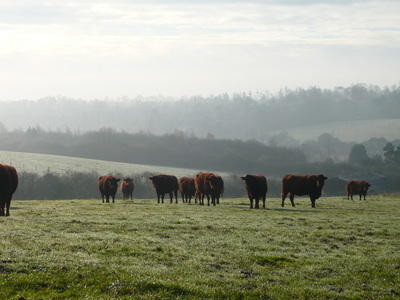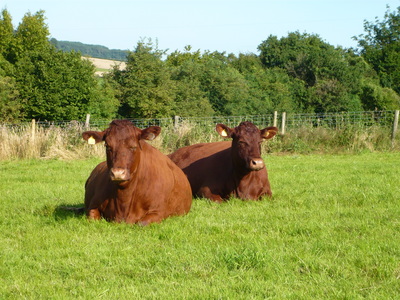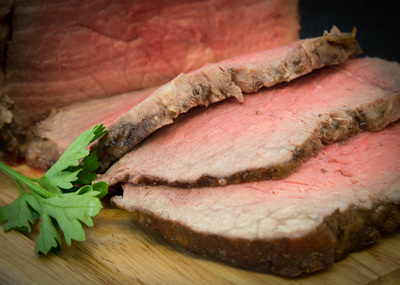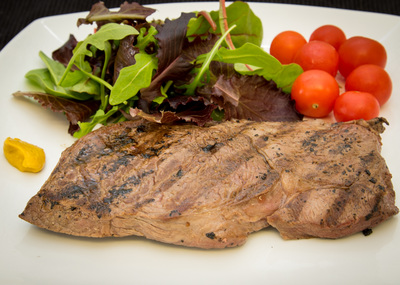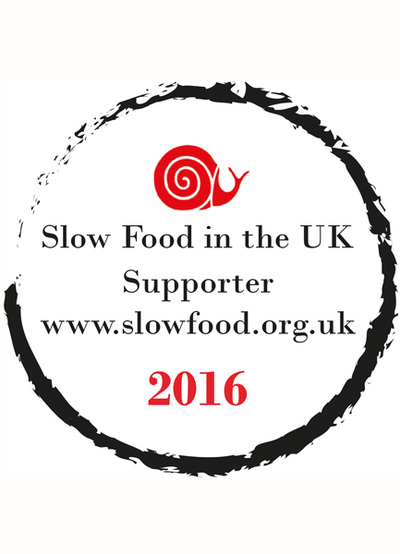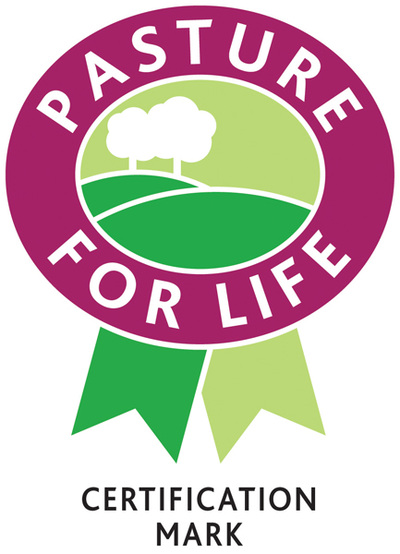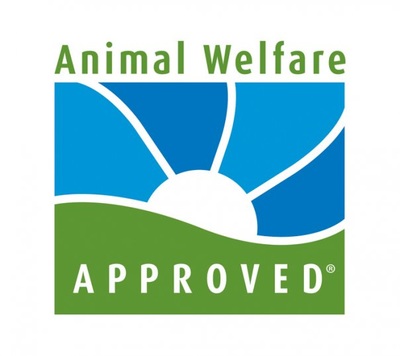|
Next "beef day" will be 13 July. Call or email with your orders. If you need your beef before then give us a call, we have some in the freezer.
0 Comments
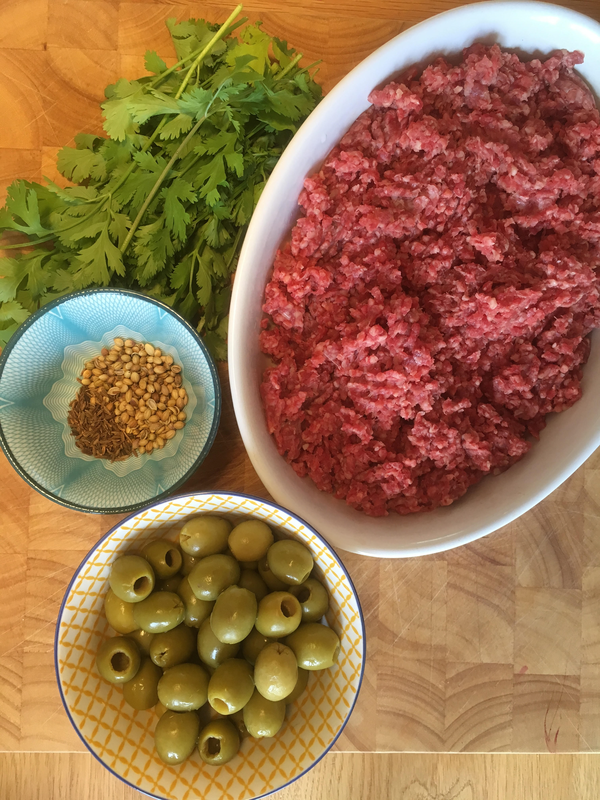 These little pasties are inspired by the delicious spiced beef pastries from Sabrina Ghayour’s excellent Persiana cookbook, crossed with some traditional Spanish beef and olive empanadas. If you’re looking for something more interesting and summery to do with mince than another chilli or spag bol, give them a try, they would be excellent for a picnic and are very easy.
- Good splash of olive oil - 1 small onion, finely chopped - 2 teaspoons coriander seeds - 1 teaspoon cumin seeds - 500g minced beef - bunch of fresh coriander or parsley, finely chopped - 1/3 of a jar of pitted green olives, roughly chopped - 1 packet ready roll puff pastry - 1 egg, beaten Makes 8-12 small pastries. 1. Put the spice seeds in a dry non-stick pan over a medium heat and toast them lightly. Shake the pan to stop them burning, and when you start to smell the oils (probably just a minute or two) take them off the heat and tip into a pestle and mortar. Grind fairly finely. 2. Heat the olive oil in a non stick frying pan or saute pan, and saute the onions for a couple of minutes. Tip in the beef, and cook stirring regularly to break up any big lumps and help most of the excess moisture evaporate off. You want the mixture fairly dry, but obviously not burnt! When it’s nearly done, stir in the spices and cook for a couple of minutes. 3. Allow the mixture to cool, then stir in the olives and chopped herbs. 4. Unroll the pastry and roll it slightly thinner. Cut it into 8-12 squares (depending just how big your roll is). Place a heaped desert spoon or so of the beef mixture into the middle, and fold into a small pasty. Use a dab cold water on your finger to moisten one side of the square, so the folded over edge with stick to it, then fold the edge back on itself and pinch to seal. 5. Brush the pasties with the beaten egg and bake at 180C/160C fan/350F for 20 minutes, until golden. We're taking orders now for beef, ready on the 5th April. Collect from Green End Farm in Sarratt on the evening of Weds 5th, or we can freeze for you to collect another time. Courier delivery also available. Contact us for more details [email protected]; 07771 740980.
Thank you to the very lovely Susannah Shier for this mouth watering recipe...
Roast topside of beef with celeriac dauphinoise ‘LEON’ style and braised red cabbage I’ve had bad luck with roasting beef in the past, straying too far into tough territory and never quite hitting the pink-and-juicy mark. This time I think I’ve discovered the trick! As well as using good quality meat (which I’m sure is the most important factor), I watched the timings carefully and took it out plenty early leaving a good half hour for it to rest, so it was rare and juicy. The celeriac dauphinoise is from the LEON restaurant cookbook and makes a yummy change from the traditional potato version. The extra flavour from the celeriac goes beautifully with the beef. I finished off the plate with some lovely red cabbage for a bit of colour. And the bonus of course is that a roast joint like this should feed you for a while. We’ve been enjoying the leftovers thinly sliced in sandwiches with plenty of horseradish mayo, and stir-fried with ginger and spring onions. Roast topside: As above, the key here is to time it right – other than that this is a super easy cook. Just whack it in the oven! LEON recommends 25 minutes at the high temperature, then 10 minutes per 500 grams at the lower temperature, e.g. 30 minutes for a 1.5kg joint. It worked for me. 1. Preheat the oven to 220C/gas mark 7/fan 200C. 2. Rub the beef with some olive oil, salt and pepper, and stand it in a roasting tray, fat side up. Put it into the oven for 25 minutes. 3. Baste the meat, and turn the oven down to 150C/gas mark 2/fan 130C. Return the meat to the oven for 10 minutes per 500 grams. Rest for 30 minutes before serving. Celeriac dauphinoise Ingredients: 25g butter plus extra for greasing 600g celeriac, peeled and sliced as thinly as you can 50g grated cheese (LEON suggests Gruyere, I only had Cheddar and that worked fine) a good grating of nutmeg 100ml milk 150ml double cream 1 clove of garlic, crushed or finely chopped salt and pepper Method: 1. Preheat the oven to 180C/gas mark 4/fan 160C. 2. Grease a oven proof dish with some butter and line it with layers of the sliced celeriac. Season each layer with cheese, nutmeg, salt and pepper as you go until all the celeriac is used. 3. Melt the butter, then combine it in a jug with the milk, cream and garlic. Stir and pour over the celeriac. Season the top layer with the last bit of cheese, nutmeg and salt and pepper, then bake in the oven for one hour. Check it after 45 minutes - it should be golden, and a knife should go in fairly easily. Braised red cabbage: I think of this as my Mum’s recipe, though it derives originally from a Delia classic. It’s really easy. Have a taste towards the end of the cooking time and add more sugar/vinegar/spices if you like to get the perfect sweet/savoury balance. It freezes really well if you end up with too much. Ingredients: 1 red cabbage, roughly 1kg 450g chopped onion 450g of apples, peeled and chopped a teaspoon or two of mixed spices - I literally used mixed spice, but any combination of cinnamon, nutmeg, clove or allspice would be good. 2tbsp brown sugar 2tbsp white wine or cider vinegar a few knobs of butter Method: 1. Preheat the oven to 150C/gas mark 2/fan 130C. 2. Shred the cabbage finely, discarding any tough outer leaves. Combine all the ingredients in a casserole dish, stir and put in the oven for 2-2.5 hours. Stir a couple of times during cooking. Laura Chapman is no great cook, but thankfully her sister Susannah is, and has agreed to share some recipes with us. The first is a classic steak and kidney pie, inspired by Ruth Watson at BBC Good Food. Serve with buttery mash and greens for proper winter comfort food factor.
Ingredients: 1 Native Beef ox kidney, about 400g/14oz 1kg trimmed Native Beef diced beef 250g mushrooms 1 large onion About 3 tbsp oil (I used rapeseed, any vegetable oil will do) A knob of butter 50-85g plain flour, depending on how thick you like your gravy About 600ml beef or vegetable stock 1 bay leaf Salt and black pepper 1 packet puff pastry A little milk or beaten egg (for glazing) Method: 1.Preheat the oven to 160C/gas 3/fan 140C. 2.Use a sharp knife to cut button-mushroom-sized lobes of kidney from the white central core (discard the core). Cut the beef and mushrooms into bite-sized pieces, peel and roughly chop the onion. 3.Heat 1 tablespoon of the oil in a large, heavy frying pan over a medium-high heat. Throw in the kidney and fry until lightly coloured. Watch out as it may spit a bit. Tip into a colander to drain off any excess liquid. 4.Wipe out the frying pan and return it to a low-medium heat, adding the knob of butter and a little more oil. Lightly sauté the onion and mushrooms. Transfer to a large casserole, using a slotted spoon. 5.Toss the beef in the flour and season it with the salt and pepper. Return the frying pan to a medium high heat, adding a little more oil and butter if needed. Shake off any excess flour (reserving it) then fry the beef in batches until golden-brown. As each batch is done, transfer it to the casserole. 6.Add the drained kidneys to the beef, mushrooms and onion in the casserole. Pour over the stock (so the contents are just covered), throw in the bay leaf and the excess flour from before. Stir, cover with the casserole lid and cook in the oven for 75-90 minutes until the meat is tender and the sauce is thick. Cool thoroughly. 7.Roll the pastry out thinly on a well floured surface. Invert a pie dish on to the pastry, then use the dish as a guide to cut out the pastry lid, adding an additional 1cm all round. From the remnants, cut out some extra strips of pastry – these are to go around the rim of the dish (and ideally about halfway down the inside), to form a seal for the pie lid. 8.Lightly butter the rim of the pie dish and line it with the strip(s) of pastry, sealing any joins with a little dab of water. Spoon in the meat mixture to come level with the top of the dish. Don’t overfill: reserve any excess gravy to serve hot with the pie. 9.Brush the pastry rim with a little water, then drape the pastry lid over it, pinching the edges to seal. Cover with cling film and keep in the fridge if not baking immediately. 10.An hour before serving, preheat the oven to 200C/gas 6/fan 180C. Make four slashes in the lid of the pie, then brush with milk or beaten egg. Bake for 35-45 minutes until the pastry is golden, turning the heat down 10º after about 20 minutes. Serve and enjoy! Delicious beef liver pate made by one of our lovely customers Julia, who kindly shared the recipe:
Cook the mushrooms in butter for about 5 minutes. Season and set aside to cool. Once everything has cooled down pour into a mixer and whizz with a bit of extra butter until you have a smooth paste. Put in small dishes and cover with a layer of liquid butter. Decorate with a few bits of thyme and put in the fridge to set. Really scrummy! "Fresh local produce has been replaced by cheap, bland, industrial-farmed food as supermarkets slash prices. What will it take to bring change?"
Read the full article from The Observer's farming section published on the 1st October 2016. Includes some comments and views from Dr John Medley, chair of the Pasture-Fed Livestock Association (PFLA) who have awarded Native Beef with a certification mark. We will be picking our beef up from the butcher on Thursday 13 October and are taking orders now. Beef can be collected from Green End Farm in Sarratt on the evening of the 13th (or by arrangement on a later day, when it will be frozen for you). Or it can be delivered by courier anywhere in the UK. Contact us for the full list of cuts and prices, and to ask any questions.
This summer we were asked to graze our cows at Bentley Priory, a beautiful park and nature reserve near Stanmore in North London. Grazing native breed cattle there helps to keep the vegetation in balance and support the wildlife that flourishes in the park. We have 23 heifers and steers there, and they are very very happy, with acres of grassland, woods and scrub, and lakes to drink from. It is quite a task to keep a track of them. There are many places to hide! It's been wonderful to see them in this fantastic habitat. The park is well worth a visit.
|
Native Beef
News
|
Contact us
Email: [email protected] Telephone: 07771 740980 Green End Farm, 93A Church Lane Sarratt, Herts, WD3 6HH and Bailey Hill Farm, Amersham Road Chalfont St Giles, HP8 4RT |
Content © Chapman Countryside 2022
Native Beef is a registered trademark
Website design by MDR Website
Native Beef is a registered trademark
Website design by MDR Website
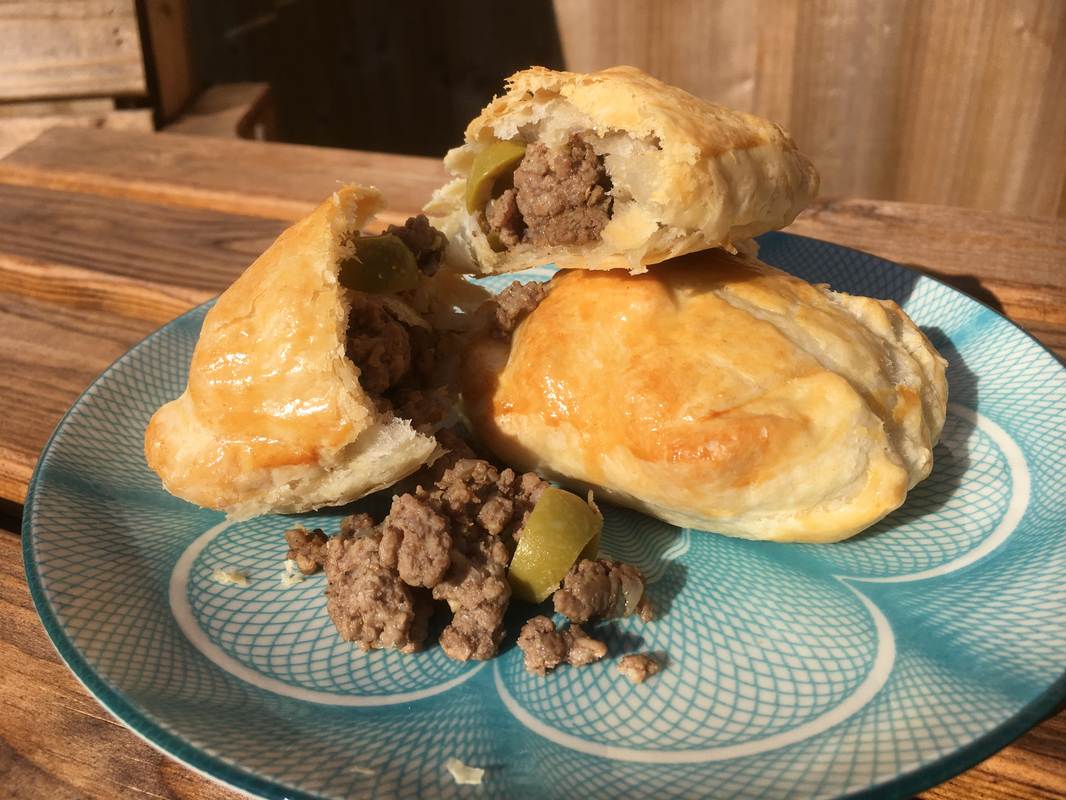
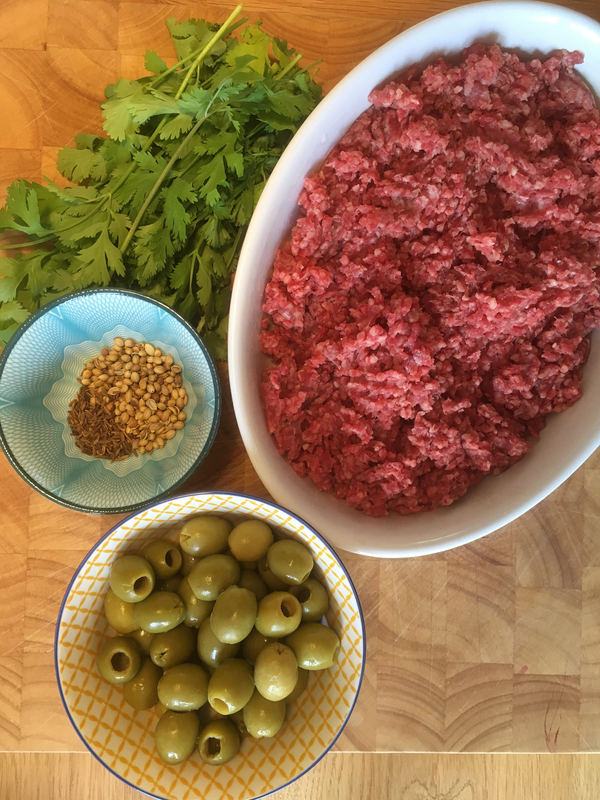
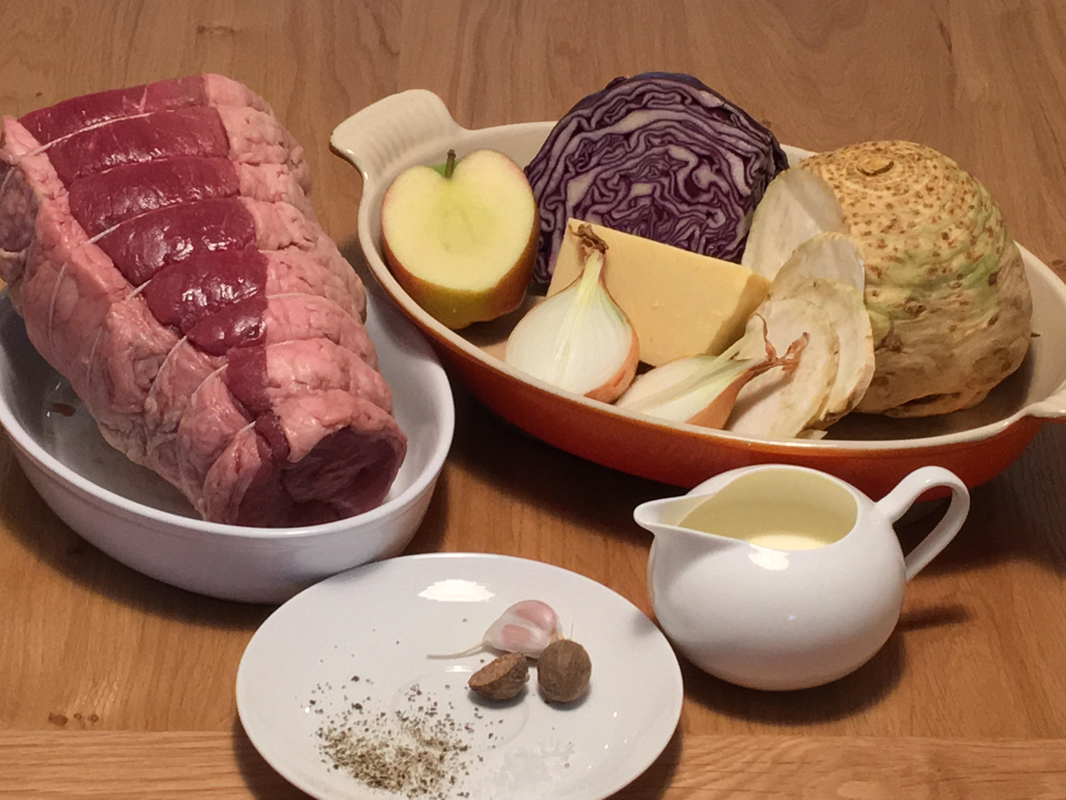
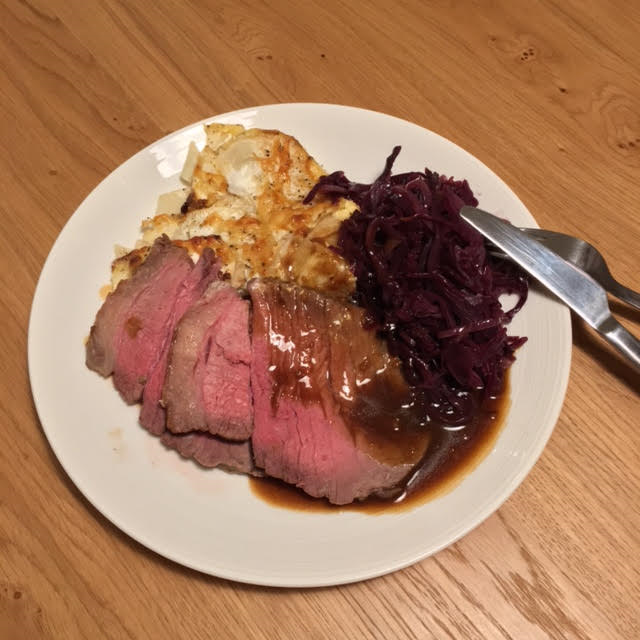
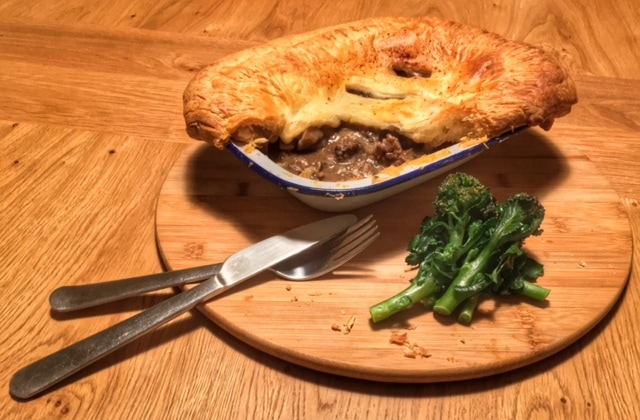
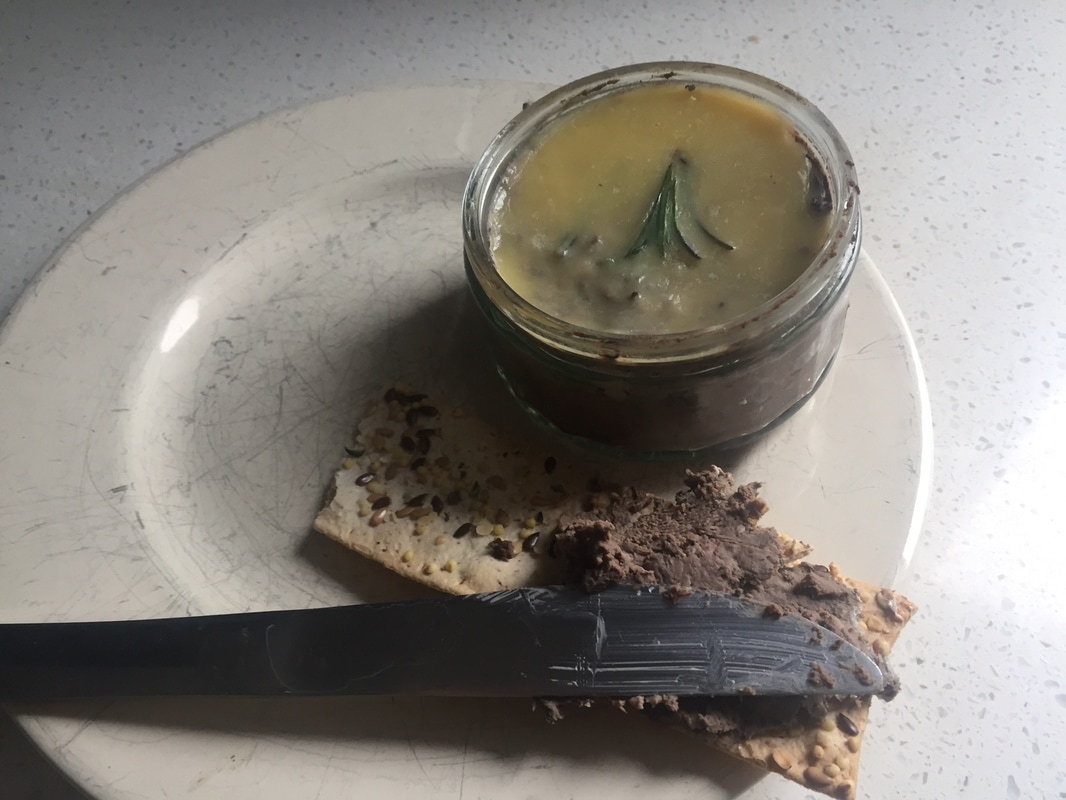
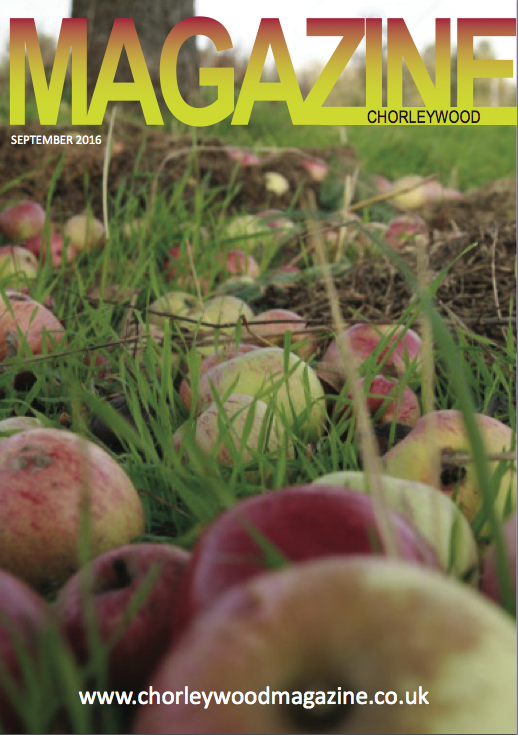
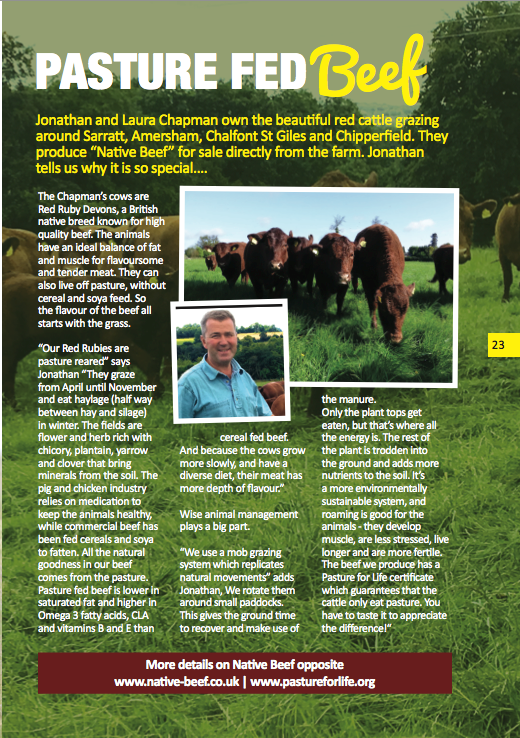
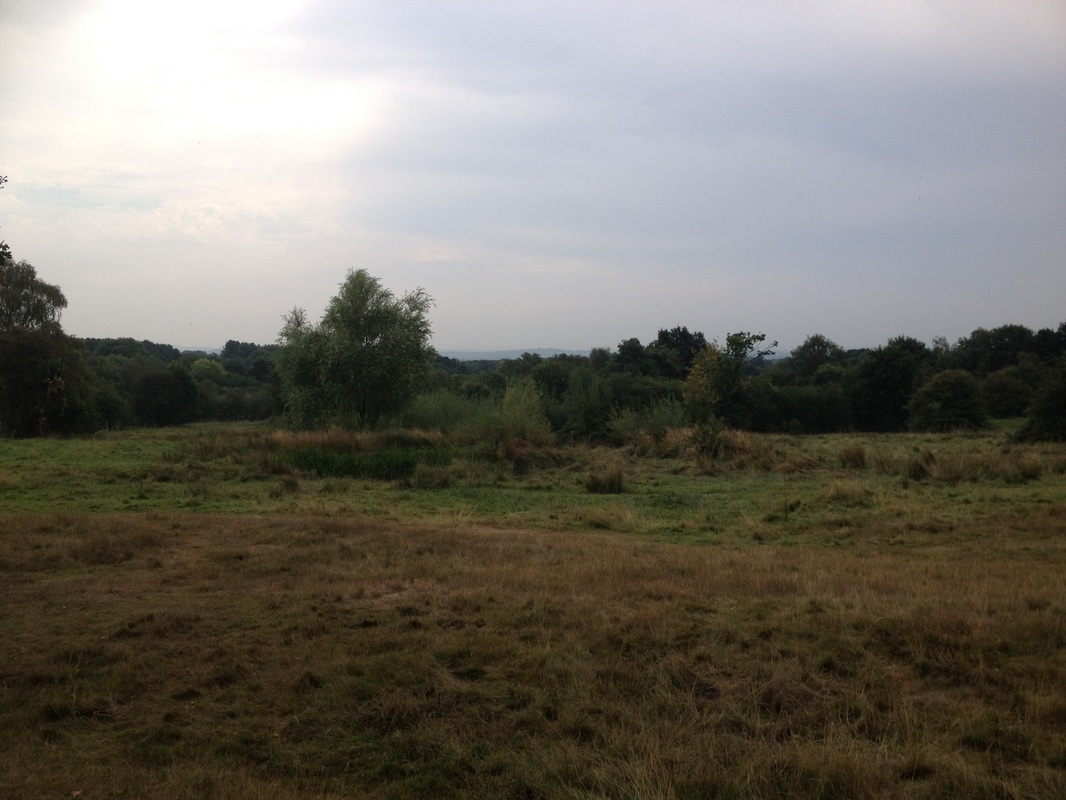
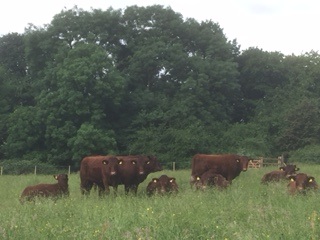
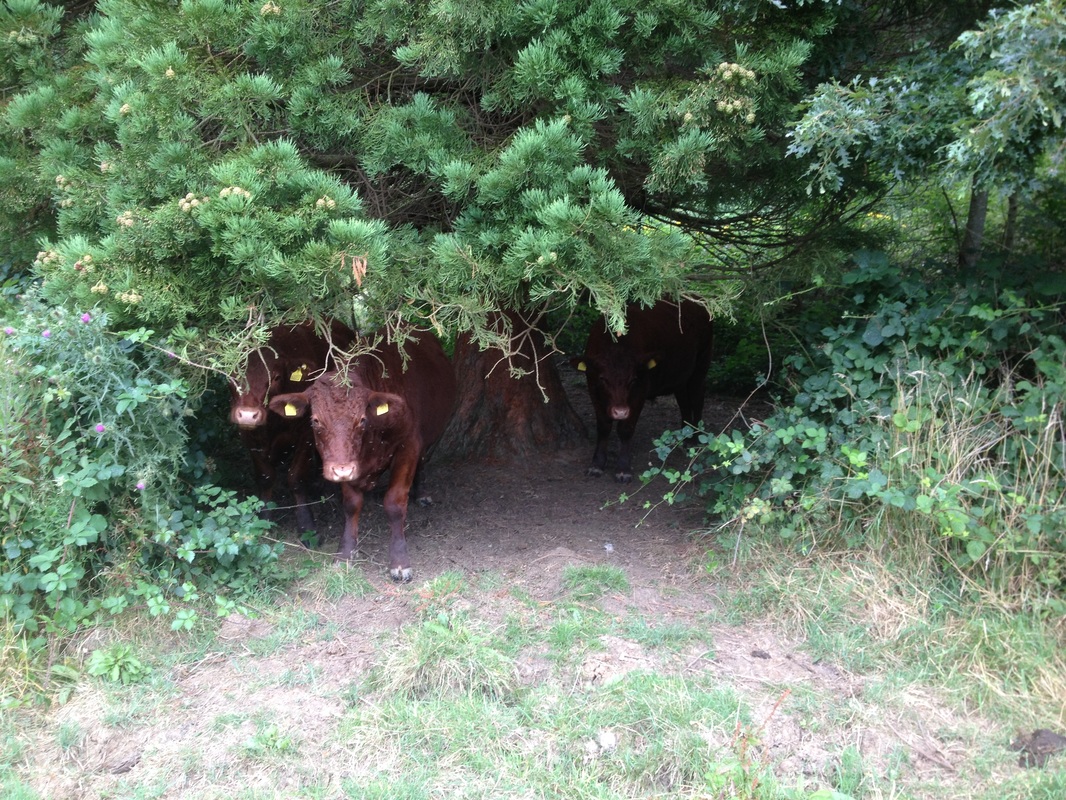
 RSS Feed
RSS Feed
